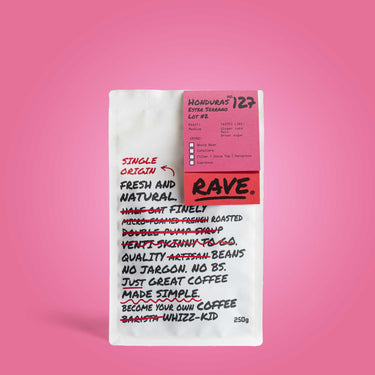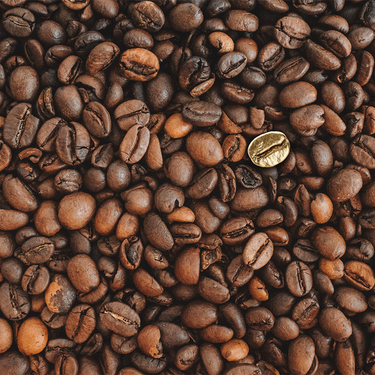Washed
Coffee Processing
WASHED Process
After selective picking of the ripest cherries, the coffee is placed in a pulper, which will remove the skin and force the beans out of the cherry, using sharp blades to split the cherry open. This leaves the parchment and some mucilage intact, (in the fully washed process it is important that all the mucilage is removed to retain the sweet clean cup). There are two ways of doing this, either in fermentation tanks, or using a mechanical demucilager/pulper and friction to remove a set amount of mucilage. It is important to note that the mucilage contains a large percentage of sugars and natural alcohols which contribute largely to the sweetness and body in a coffee. Using fermentation tanks allows a host of microbes and bacteria to eat away the mucilage over a period of hours or days (anywhere from a few hours up to 48). The mechanical method uses friction, and often bristles to force off the mucilage leaving only the bean in its parchment. The upsides to using mechanical means is a lack of waste and much less water usage. However it is often hard to remove all the mucilage using the mechanical process, it’s often used in conjunction with the fermentation tanks, with 12-24 hours of soaking in clean water. An exception being the Kenyan washed process, which involves using running spring water to re-sort and clean.
Drying the coffee
Once the beans are clean of mucilage and sat in their parchment, or pergamino (Spanish), they are left to dry either on patios, on raised ‘African’ beds or in parabolic sun dryers (much like open ended greenhouses). The use of mechanical dryers on large farms is also seen, but care has to be taken not to set the temperature too high or farmers run the risk of losing a whole lot/crop. However, mechanical drying only works on fully washed coffees as otherwise the mucilage will stick to the drum. The drying process requires much care and attention as frequent turning or raking of the parchment is required to make sure that there is no rot/mould or over fermentation. In washed coffees we expect to see a moisture content of between 10-12% as optimal. Once dried to the correct level the coffee is rested for a month or two (known as reposado in Latin America) to mature before being dry milled/hulled in preparation for distribution.
This process results in a very crisp clean cup, with sweet delicate floral notes and medium to high acidity depending on the region.





